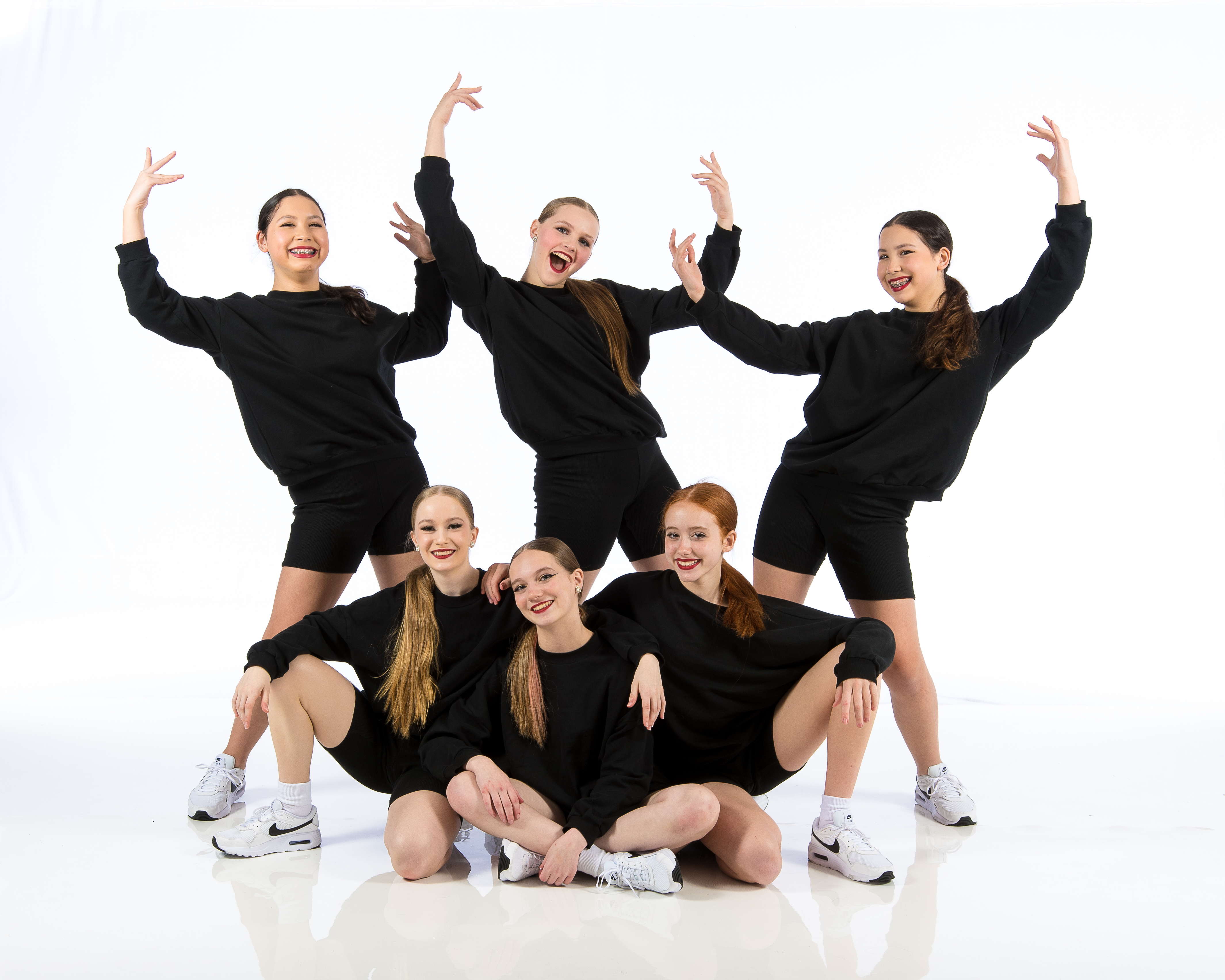Introduction
In a world where stress and adversity are commonplace, developing resilience has become more crucial than ever. Resilience is not just about bouncing back from setbacks; it’s about thriving despite them. One of the most effective ways to build resilience is through movement, particularly in environments that support growth and well-being. This article will explore how selecting the right environment can enhance our ability to cope with challenges, focusing specifically on the role of movement and its various forms—like dance—within spaces such as a dance studio.
Building Resilience through Movement: Selecting the Right Environment
When we talk about building resilience, we often think of mental toughness or emotional strength. However, physical movement plays a significant role in this equation. Engaging in activities like dancing not only enhances physical health but also nurtures mental well-being.
Understanding Resilience
What is Resilience?
Resilience is defined as Ballet Dance Studio the capacity to recover quickly from difficulties; it's about toughness and adaptability. It involves emotional intelligence, cognitive flexibility, and social support systems.
The Psychological Benefits of Movement
Movement releases endorphins, which are natural mood lifters. Physical activity reduces anxiety and depression while improving overall mood and self-esteem.
The Importance of Environment in Building Resilience
How Does Environment Affect Well-Being?
Your surroundings significantly influence your mental state. A cluttered or chaotic environment can lead to increased stress levels. Conversely, a calm and organized space promotes relaxation and focus.
Spaces That Foster Growth
Certain environments encourage positive interactions, creativity, and personal growth—qualities essential for resilience-building.
Selecting the Right Environment for Movement
Factors to Consider When Choosing a Space
Accessibility: Is the space easy to get to? Comfort: Is it physically comfortable? Community: Are there opportunities for social interaction? Resources: Does it offer adequate facilities for movement practices?The Role of Dance Studios in Building Resilience
Why Choose a Dance Studio?
A dance studio is more than just a place to learn choreography; it’s a sanctuary where individuals can express themselves freely while connecting with others.
Community Support at Dance Studios
Dance studios often foster a strong sense of community that can be incredibly supportive during tough times.
Types of Movement Activities for Building Resilience
Dance as an Empowering Tool
Dance not only serves as artistic expression but also acts as a powerful tool for emotional release and connection with oneself.
Other Forms of Movement
- Yoga Martial arts Team sports
Creating an Inviting Atmosphere in Dance Studios
Elements That Enhance Comfort
Good Lighting: Natural light makes spaces feel warm. Sound Quality: Music enhances mood and energy. Cleanliness: A tidy space promotes focus.Personalizing Your Experience in Movement Spaces
Tailoring Your Practice
Different individuals may respond differently to various environments; thus, personalizing your experience can improve resilience outcomes.

Group Dynamics in Movement Environments
The Power of Collective Energy
Movement practices within groups can amplify individual efforts by providing encouragement and motivation.
Mindfulness Through Movement
Integrating Mindfulness into Physical Activity
Practicing mindfulness during movement helps cultivate awareness and presence—key components for building resilience.
Emotional Expression Through Dance
Utilizing Dance as a Form of Therapy
Dance therapy focuses on expressing emotions physically, serving as an excellent method for processing feelings associated with stress or trauma.
Feedback Loops Between Movement and Environment
How Interaction Shapes Our Experience
There’s an ongoing feedback loop between our actions (movement) and our surroundings (environment). A supportive dance studio enhances positive experiences while negative spaces lead to setbacks.
Building Personal Connections Through Classes
Networking Opportunities
Joining classes allows individuals to form connections that provide emotional support vital for resilience building.
FAQs About Building Resilience through Movement
What types of movement help build resilience?- Activities like dance, yoga, martial arts, or team sports promote physical fitness while enhancing emotional strength.
- An organized, supportive environment reduces stress levels while fostering creativity and social connections.
- While personal practice is beneficial, engaging in group settings often amplifies resilience due to communal support.
- Absolutely! Any environment promoting physical activity—like parks or gyms—can contribute positively when paired with mindful practices.
- Seek studios that prioritize community engagement, accessibility, comfortability, and offer diverse classes tailored to various skill levels.
- Music significantly elevates mood during movement activities like dancing; it creates an immersive experience conducive to emotional expression.
Conclusion
In essence, building resilience through movement requires selecting the right environment—a task that involves careful consideration of how different spaces impact our ability to Doty Performance events grow emotionally and mentally amidst challenges. Whether you find solace within the walls of a vibrant dance studio or prefer outdoor settings brimming with nature's bounty, remember that every choice you make contributes toward fortifying your resilience muscle. By embracing movement within supportive environments filled with community spirit, you embark on a journey towards thriving rather than merely surviving life’s hurdles—one step at a time!